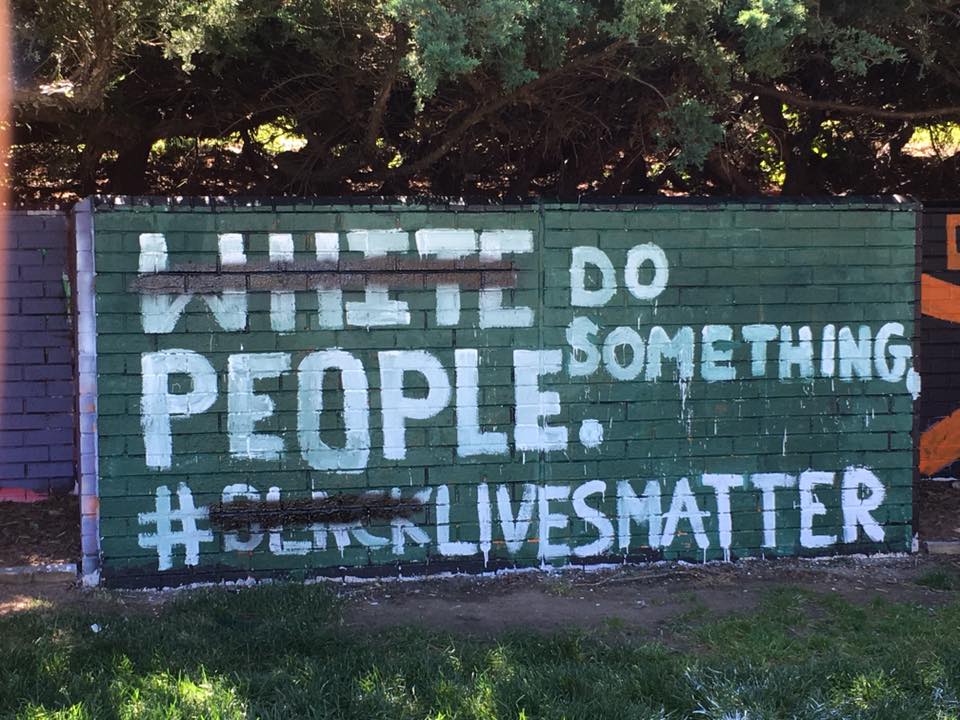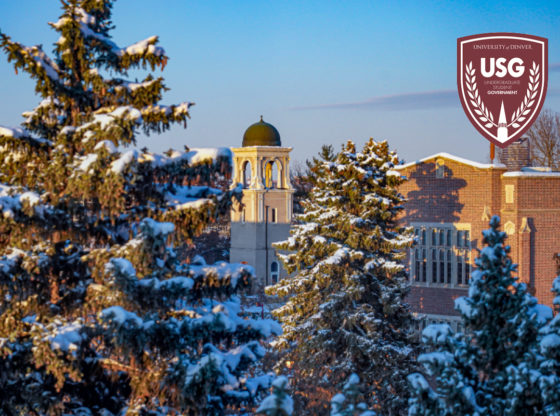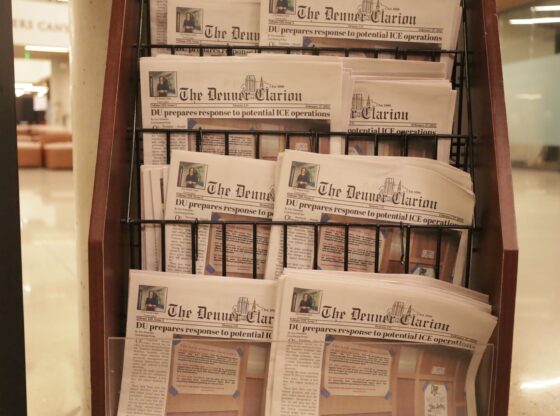Last week marked the 19th annual DU Diversity Summit. Over the course of three days, from Jan. 21 to Jan. 23, twenty-two events were held that discussed diversity and the theme for this year: How do we get to “WE?”
One of these events was entitled “Revisiting the 2016 Demands: Dr. Lili Rodriguez in Conversation with Student Alumni.” The event was hosted by Dr. Lili Rodriguez, Vice Chancellor for Campus Life and Inclusive Excellence. The three panelists that Rodriguez spoke to were Makia Jones, DU alumnus and former president of Black Student Alliance (BSA); Tashan Montgomery, DU alumnus and former vice president of BSA and Gisel Chavez-Perez, a third-year at DU and the former president of Latinx Student Alliance (LSA).
The event began with a presentation of DU’s racialized history since 2015. The year started off with a series of racist events at the University of Missouri that led Mizzou students to create the Concerned Students 1950, a movement to combat bigotry. DU students allied themselves with the movement, and the #DUStandsWithMizzou became popular.
Later that year, DU’s free speech wall, which was torn down during construction for the Community Commons, became contentious. Students crossed-out the word “black” in #BlackLivesMatter and covered a call for peace with a gun-like symbol. BSA staged multiple protests in response.
More calls for peace were crossed out on the free speech wall, this time with lyrics from a song that emboldens white ambivalence in the face of racial injustice called Guilty of Being White. BSA staged sit-ins and stormed the administrative offices. DU’s response was lackluster. Recounting the event, Montgomery said, “Every time we tried to bring awareness, we were silenced … [DU] stood against hate, but they wouldn’t tell us what hate.”
In 2016, BSA—in coordination with other affinity organizations—drafted an extensive list of demands. They wanted DU’s administration to: provide affinity organizations a proper budget for their cultural history months, disband organizations on campus that violated inclusive excellence, create a diversity committee and more. The demands were made public for students to view on a Google Doc, and racist students took this as yet another opportunity. They edited the document, dding racial slurs and stereotypes like referring to black people as “apes.”
In 2017, cars near campus were scraped with KKK symbols. In 2018, a petition was started to rename “Pioneer.”
Later that year, DU’s email server was hacked. Emails were sent to DU students and faculty that referenced a student conduct case using racist, sexist and homophobic language. Chavez-Perez, LSA, and other affinity organizations coordinated a protest in response: Raza Unida. They demanded that an implicit-bias test be done during O-Week, FSEM courses be replaced with ones that created racial awareness, an external space be created for people of color to support one another and that Joint Council be more heavily involved with Board of Trustees meetings.
These demands and protests led to the creation of the Cultural Center on campus and the emergence of a Critical Race & Ethnic Studies minor that had been asked to be established for 12 years prior. But still, not all their demands were met.
The event concluded with a question and answer session with Rodriguez. When asked what their motivation was to start activist work, Montgomery answered: “I was tired of how little action I was seeing from DU…We knew that people were going to try to test us, and the school wasn’t going to back us. But we wanted to make a change and find solutions regardless.”
“I felt alienated as soon as I got to campus. I felt like the attitude people had towards me was, ‘you don’t look like me, so stay in your corner.’” Jones said. “It was scary to tell my family that I didn’t feel safe on campus. But I saw that the people who came before us, they really laid down a path. So we wanted to set stones down for people who came after, too. I wanted people like my little brother to be able to come to campus, have a different experience [and] have it be okay.”
The panelists were also asked to discuss the unexpected challenges of activism. “There was a lot of gaslighting. People would interview us, and they would misconstrue our words and change our stories,” Montgomery said.
Jones brought up that she did not expect the sheer trauma and violence—during her time at DU, several people of color were egged and one person got punched. Chavez-Perez, on the other hand, answered that she wasn’t prepared for the “minimization of everything [activists] were doing.”
“You feel like nothing you ever do will be enough. The day-to-day really sucks, and you’re torn apart. You’re only really supported in [activist] spaces.”
Another question was posed: where should activism end? Recognizing the emotional and temporal burden on activists as well as the harmful institutions in the country and at the school, Jones answered, “Surviving and thriving within the institution is a form of protest.” Seeing the same thing during his time at DU, Montgomery said, “Do as your heart finds suit. But, at the same time, do what’s best for your physical and mental health. Don’t destroy yourself trying to change the institution.”
Rodriguez ended the event by admitting how slow DU is to change. “The school needs an evolution in how it processes and responds to these events,” she said. “Because right now, the way DU does things, we lose too much speed.”











